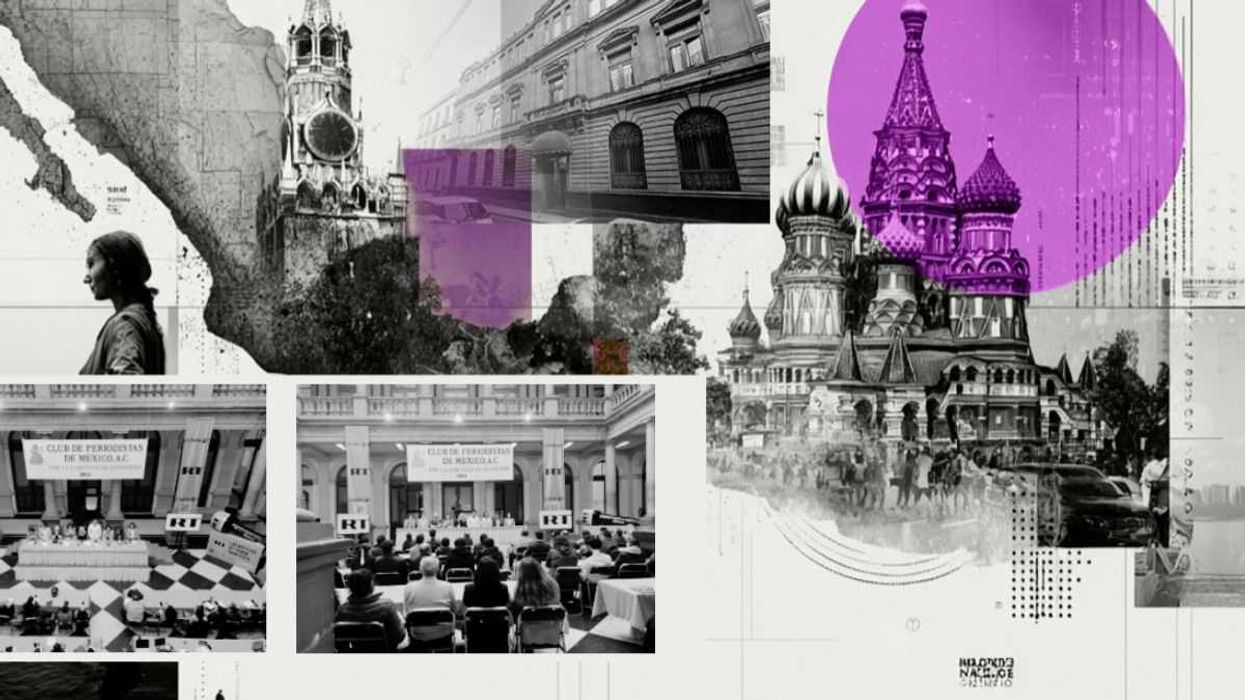When President Donald Trump signed his sweeping tax and spending bill into law last week, much of the attention focused on corporate tax breaks and the repeal of key climate protections. But buried deep within the legislation, hailed by its allies as the “One Big Beautiful Bill,” are provisions that could radically reshape the country’s healthcare system. And for millions of Latino families, the consequences could be devastating.
At the heart of the reform is a fundamental restructuring of Medicaid, the public health insurance program that covers more than 80 million low-income Americans. The new law introduces work requirements, tightens eligibility rules, and slashes federal funding to states. Policy experts say these changes will disproportionately affect the Latino population, particularly in states like California, Texas, Florida, and Arizona.
"Unfortunately, more than 16 million people are going to be directly affected by these cuts," said Dr. Ilan Shapiro, Chief Health Correspondent and Medical Affairs Officer at AltaMed. "The real problem is that the community, specifically the Latino community, already tends to use medical services much less. And now, with this restriction, even fewer people will be able to access care."
According to data from the Kaiser Family Foundation, nearly one in three Latino adults receives health coverage through Medicaid or the Children’s Health Insurance Program. Among Latino children, that number climbs even higher, with over 50 percent covered by these safety net programs.
Many of these gains stem from the Affordable Care Act, which expanded Medicaid eligibility and dramatically increased enrollment among Hispanic populations. But Trump's new law reverses much of that progress. By capping federal reimbursements and introducing six-month eligibility checks, analysts estimate that between 8 and 12 million people could lose coverage in the next three years.
"This will lead to an increase in chronic and preventable conditions that our community could face," warned Shapiro. "We have to keep in mind that people will end up in emergency rooms with complications from diabetes, high blood pressure, and other issues like cancer in much more advanced stages than we used to see."
While exemptions exist for caregivers and people with disabilities, immigrant families, especially mixed-status households, face particular vulnerability. Many fear that any interaction with government programs could be used against them in immigration proceedings, even if the public charge rule is no longer in effect.
"When providing care mired in politics, race, and power, our patients become more vulnerable, and our caregivers are placed in untenable ethical positions which are counter to our role as patient advocates," said Oriana Beaudet, Vice President of Nursing Innovation at the American Nurses Association. "Healthcare clinics and hospitals are economic drivers for communities across our country. When the demand for care increases and reimbursable care decreases, healthcare facilities close, putting everyone at risk."
Shapiro noted that this pressure will have real consequences for health systems nationwide. "This will increase the number of people going to the ER, and these services, unfortunately, will cause many community and rural clinics and hospitals to shut down or be forced to make cuts to doctors, nurses, and other staff because it will simply be too difficult to afford to provide these medical services."
According to Dr. Arturo Vargas Bustamante, professor of Health Policy at UCLA, the new law puts states like California in a bind. "Even though California has strongly opposed Medicaid work requirements in the past, the new federal law may force the state into a tough position, either complying in some form or risking losing federal funding. State leaders might try to fight the requirements in court or create new programs to protect those who lose coverage, but those options take time and money."
"In the short run, the most immediate impact will not come from people refusing to work. It will come from people getting caught up in red tape," explained Bustamante. "Thousands could lose their Medi-Cal coverage simply because they miss a deadline, do not understand the rules, or cannot easily report their hours. That means more uninsured individuals, more pressure on county clinics and hospitals, and more costs for the safety net. Communities that already face barriers to care, especially low-income workers, racial and ethnic minorities, and those in rural areas, will be hit hardest."
Latino enrollment in Medi-Cal and Covered California is also expected to decline, not because people no longer qualify, but because the system becomes more challenging and intimidating to navigate. "Trust between a patient and their care provider is critical to better health outcomes," said Beaudet. "When people do not feel safe accessing healthcare services, they delay or avoid care needs, which can lead to an exacerbation of health problems and the need for higher-cost emergency care. The confusion of navigating complex enrollment systems for public health programs, coupled with fear, inhibits individuals from accessing necessary healthcare services."
The long-term consequences could be even more severe. "Health is a culmination of our communities, the environments in which we live, our families, access to food and water, and education," said Beaudet. "Health is then supported by our healthcare system. Poverty and healthcare inequality disproportionately impact minority and non-citizen immigrants, with language and cultural barriers magnifying risks. Health policies inhibiting access to care will put people across our country at higher risk for disease, illness, and even death."
Faced with this reality, Shapiro urged communities to take action where they can. "Right now, we must be proactive and think about what we can do to prevent disease, including maintaining a healthy weight, managing our stress as best as we can, and continuing to stay active and exercise. These three things, and making health a priority in our communities, can help us stay a little healthier, especially now that access to healthcare is going to become much more difficult."
The Medicaid overhaul has triggered fierce political backlash. A coalition of attorneys general from 20 states, led by California, is preparing a legal challenge, arguing that the bill violates federal protections and unfairly targets immigrant and minority communities. At the same time, advocacy groups like UnidosUS and the Latino Community Foundation are launching national campaigns to raise awareness and encourage families to seek out trusted enrollment counselors.
Alex Segura is a bilingual, multiple-platform journalist based in Southern California.
























